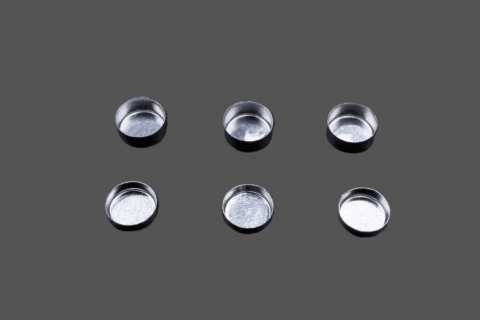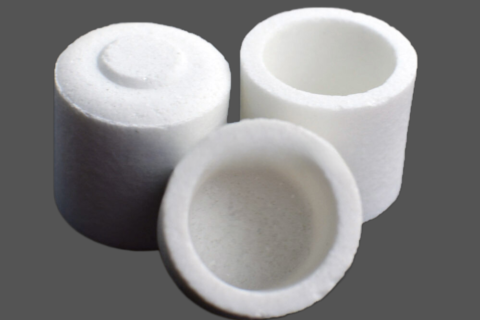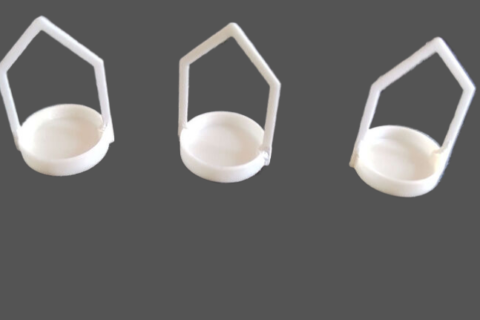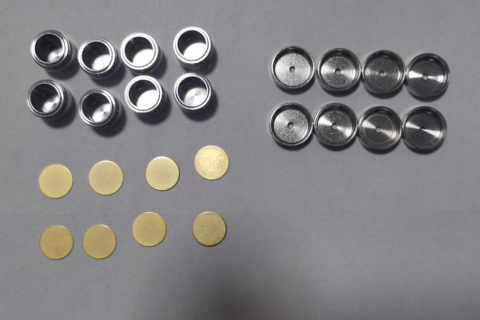Understanding TG vs DTG: A Comprehensive Guide to Thermogravimetric Analysis

Thermogravimetric analysis (TGA) is a powerful technique used to measure the change in mass of a substance in relation to temperature or time, under controlled conditions. By analyzing the resulting thermogravimetric (TG) curve, one can gain valuable insights into the composition, thermal stability, thermal decomposition behavior, and the products generated during heating, as well as possible intermediate compounds associated with mass changes.
However, when it comes to enhancing the analysis, a derivative method known as Derivative Thermogravimetric Analysis (DTG) is often employed. Let’s take a closer look at the differences between these two techniques and their unique features.
TG vs DTG: Key Differences
- Thermogravimetric Analysis (TG) TG measures the mass of a sample as a function of temperature or time. It produces a thermogravimetric curve where the mass change is plotted on the vertical axis, and temperature or time is plotted on the horizontal axis. The curve provides insights into the thermal stability and decomposition processes of the sample. From this, we can learn about sublimation, vaporization, adsorption, desorption, and gas-solid reactions, all of which are associated with mass changes upon heating.
- Derivative Thermogravimetric Analysis (DTG) DTG, on the other hand, is a technique derived from TG, where the first derivative of the TG curve is recorded with respect to temperature or time. This means that the DTG curve provides information on the rate of mass change rather than the total mass change. In a DTG curve, the vertical axis shows the rate of change in mass (in terms of units of mass per unit of time or temperature), and the horizontal axis represents temperature or time. The DTG curve typically exhibits sharp peaks that correspond to specific thermal events, making it easier to pinpoint the precise temperature ranges where mass loss occurs.
Why Use TG and DTG?
- Quantitative Analysis: Both TG and DTG are quantitative techniques. TG can accurately measure mass loss, while DTG provides the rate of that loss, which can be crucial for identifying specific thermal events.
- Detection of Intermediate Products: DTG is particularly useful for detecting intermediate products in thermal decomposition processes. The rate of mass loss is often more informative than the cumulative mass loss in understanding complex thermal reactions.
- Thermal Behavior: Both methods allow for the analysis of a substance’s thermal stability, decomposition stages, and the identification of products released at different temperatures.
Sample Requirements for TG and DTG Analysis
- Sample Size:
- Temperature Range:
- Sample Composition:
- Drying and Heat Preservation:
- Data Provided:
Frequently Asked Questions
Q: What is the maximum test temperature for thermogravimetric analysis (TG-DTG)?
A: The maximum test temperature for TG-DTG is typically 1400°C. However, for tests above 1000°C, we require information about the sample’s components and their content. Additionally, please note that samples cannot be analyzed in air at temperatures above 1200°C.
Q: How does the heating rate affect the thermogravimetric curve?
A:
- Thermal Hysteresis: The faster the heating rate, the more significant the thermal hysteresis effect becomes. This can affect the accuracy of the thermal events.
- Intermediate Product Detection: The heating rate also influences the detection of intermediate products during decomposition. A faster heating rate may not allow sufficient time for the intermediate products to form or stabilize, potentially missing key thermal reactions.
Conclusion
Both TG and DTG are essential techniques for thermal analysis, offering complementary insights into the mass changes and rates of change during thermal processes. Whether you are studying the stability of materials, monitoring thermal decomposition, or identifying intermediate products, TG and DTG provide critical data to support research and development across various industries.
By understanding the differences and applications of TG vs DTG, you can choose the most appropriate method for your analysis, ensuring accurate and reliable results.


 Hot Disk Thermal Constant Analyzer – Revolutionizing Thermal Conductivity Testing!
Hot Disk Thermal Constant Analyzer – Revolutionizing Thermal Conductivity Testing! 
 What is it?The Hot Disk Thermal Constant Analyzer utilizes the Transient Plane Source (TPS) method, an advanced approach that enhances the accuracy of ...
What is it?The Hot Disk Thermal Constant Analyzer utilizes the Transient Plane Source (TPS) method, an advanced approach that enhances the accuracy of ... 
 Introducing Our Carbon Sulfur Crucibles!
Introducing Our Carbon Sulfur Crucibles! 
